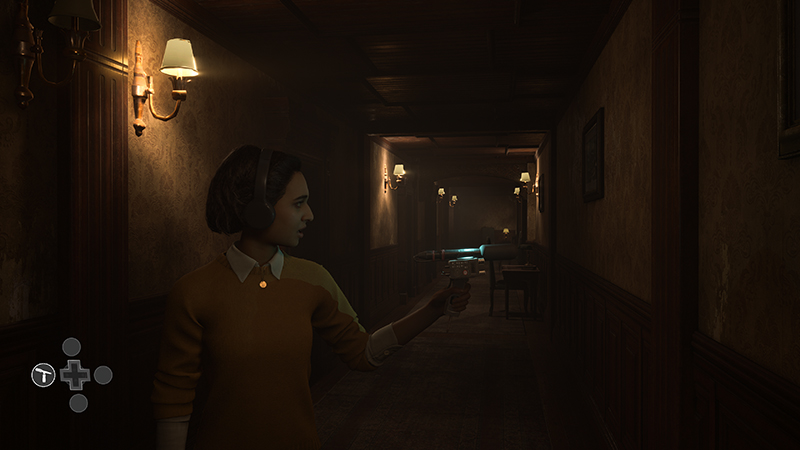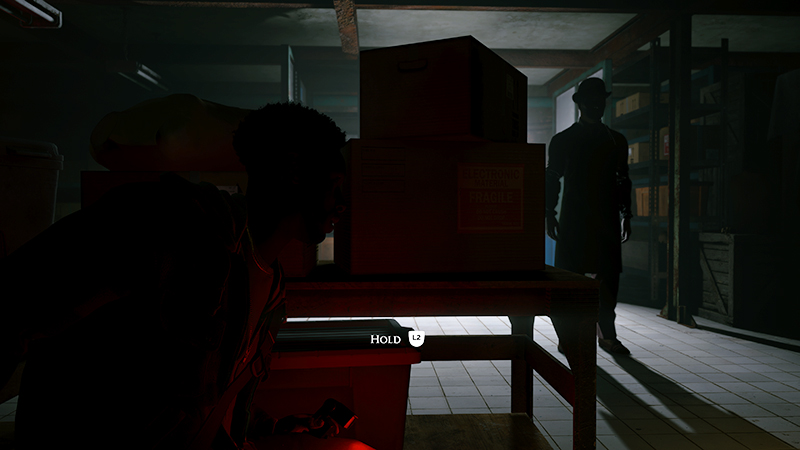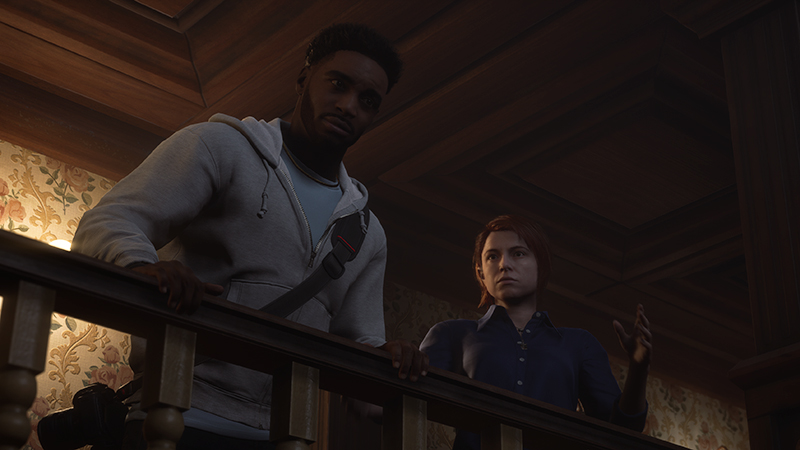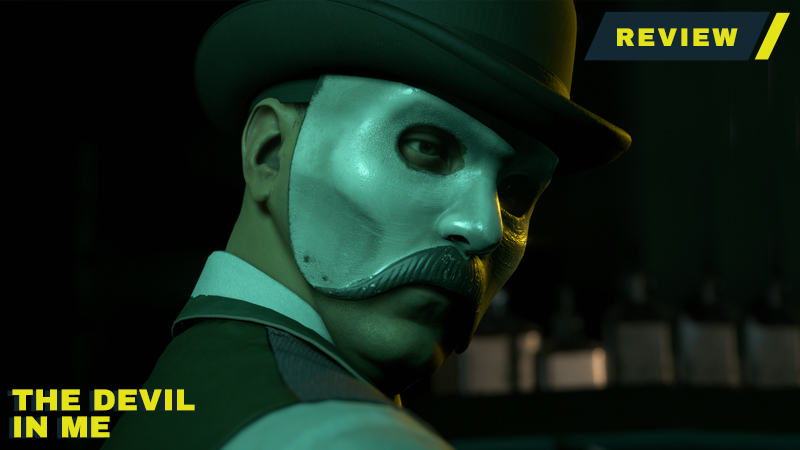The Dark Pictures games have been trickling out every year since 2019 and have been unsatisfying — or outright bad — each time. Painfully limited gameplay, unnerving animation, and sloppy writing have damned them all to varying degrees, but The Devil in Me seemed to be constructed with the goal of spicing up this increasingly tired formula so it could send off the first Dark Pictures season on a high note. However, slightly expanded inventory and movement systems can’t mask the same old freakish animation and frustrating choices that have plagued this anemic anthology since its debut.
The Devil in Me has much in common with the season opener, Man of Medan, yet does innovate with the aforementioned inventory system. While not nearly as extensive as a more traditional adventure game, players can find items around the environment and use them when the opportunities present themselves.
RELATED: How Supermassive Games Is Repeating Telltale’s Mistakes
Theoretically, this is a solid system since it rewards players for exploring and adds more traditional interactivity to a series that sorely needs it. There are a handful of opportunities to grab useful tools, but many are mandatory items like keys that don’t require any critical thinking; the key goes into the keyhole and that’s it. There’s also no inventory management, so players don’t even have to make tough choices regarding what to keep. It’s awfully underwhelming, especially when considering each character’s special trinket. Most of them are superfluous and are only needed for certain short sections to do one specific thing.

Early environmental puzzles and the small inventory hint at a game that is trying to move deeper into the interactive space. The new mantling, shimmying, and climbing controls are also signs of that shift since they add more direct control to the experience. Yet, despite these improvements, the game doesn’t commit to having more involved gameplay for long and slowly settles back into its old and less exciting ways. The puzzles dissipate almost as quickly as they appear for some peculiar reason and The Devil in Me is still overly dependent on cutscenes.
As was the case most recently in The Quarry, these action scenes often lack quick-time events, too. Nothing was placed in their wake, though, leading to many inactive scenarios where players passively watch what is unfolding. As overused as quick-time events can be, they at least attempt to emulate the tension of being chased and require that players pay attention.

There are moments during gameplay where players need to hide from a stalker in real-time, and these brief yet promising snippets hint at what could be possible. Having to physically find cover or run away without always defaulting to a cutscene would be more tense and active. Even though these scant segments are disappointingly scripted, limited, and don’t require creative thinking, they’re still early examples of where the genre should go in the future
They also point out how unstimulating the other parts of the game are and how stale this genre is getting. Meandering around linear environments and slowly looking at documents is passable, but it’s not new at all. Testing the player’s pathfinding skills and memory or adding timers to certain segments would provide an interesting layer of tension that these segments just don’t have. And with a labyrinthine torture hotel and a deranged copycat killer creeping around its shifting halls, The Devil in Me seemed naturally inclined to support more involving gameplay and alternate paths, yet Supermassive chose the safer, less engaging route.
Mainly focusing on choices is part of that safer route, but not even those are done well. As is the case with all of Supermassive’s games, The Devil in Me still has an irritating tendency to obfuscate what the possible outcomes to any one option might be, therefore making each one a total guess instead of an educated one based on context clues. A branch may lead to a life-saving quick-time event or instant disembowelment and it doesn’t feel fair either way. For example, one scenario tastelessly tasks players with slitting a friendly dog’s throat or hiding, and the latter leads directly to a fire axe to the forehead. Another scene forces users to choose between two party members in identical death boxes, yet deliberately hides information that would lead to a more informed decision. It’s rarely clear and always frustrating when the stakes are high and these seemingly random consequences lead to an undeserved death.

Although many of these beings seem incapable of actually dying since they all look like inhuman robots. Goofy head and body animations leave something to be desired and the mouths don’t always sync to the audio, but the eyes are easily the worst part. Most characters don’t blink and their disturbingly unflinching peepers often lock to the center, resulting in an uncomfortable forward-looking death stare they almost never break. It’s rare they’re even accurately directing that sinister gaze since these automatons tend to glare away from who they’re talking to.
RELATED: The Quarry Review: Stuck in the Uncanny Quarry
It completely undermines every performance and the surrounding serviceable story as these bug-eyed mannequins stare off into space while debating how to escape a cursed hotel. As games like The Last of Us Part I have shown, subtle eye movements can do a lot for a scene, and the opposite of that can have the inverse effect. Despite centering almost all of its games around casts of characters, Supermassive still has not come close to climbing out of the uncanny valley. These unsettling animations do, however, contrast with the vast, detailed Victorian building that continues to show the studio’s knack for creating weathered yet meticulously built environments.
Supermassive can’t stop making unpolished, underachieving narrative-based games and The Devil in Me is just more evidence of that. It’s abundantly clear that the studio rushes these titles out, given the restrictive choices, unoriginal blueprint, and dead-eyed, weirdly animated characters that are consistent across its recent gameography. The Devil in Me‘s inventory system and more conventional controls are tiny steps in the right direction, but they’re half-measures in service of a wonky and derivative game. Pumping out tired horror adventures annually instead of taking the time to develop more refined, original experiences has led to an overall disappointing Dark Pictures season with a finale that fittingly encapsulates that unrealized potential.
SCORE: 5.5/10
As ComingSoon’s review policy explains, a score of 5.5 equates to “Mediocre.” The positives and negatives wind up negating each other, making it a wash.










